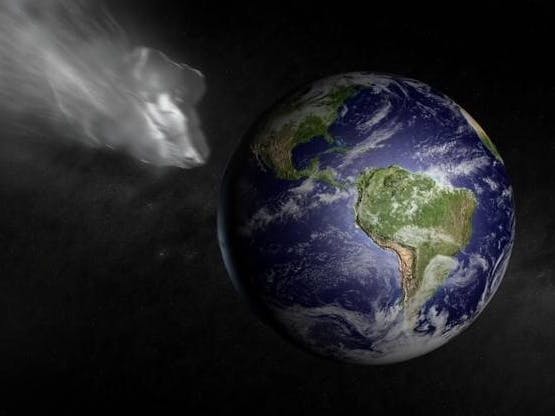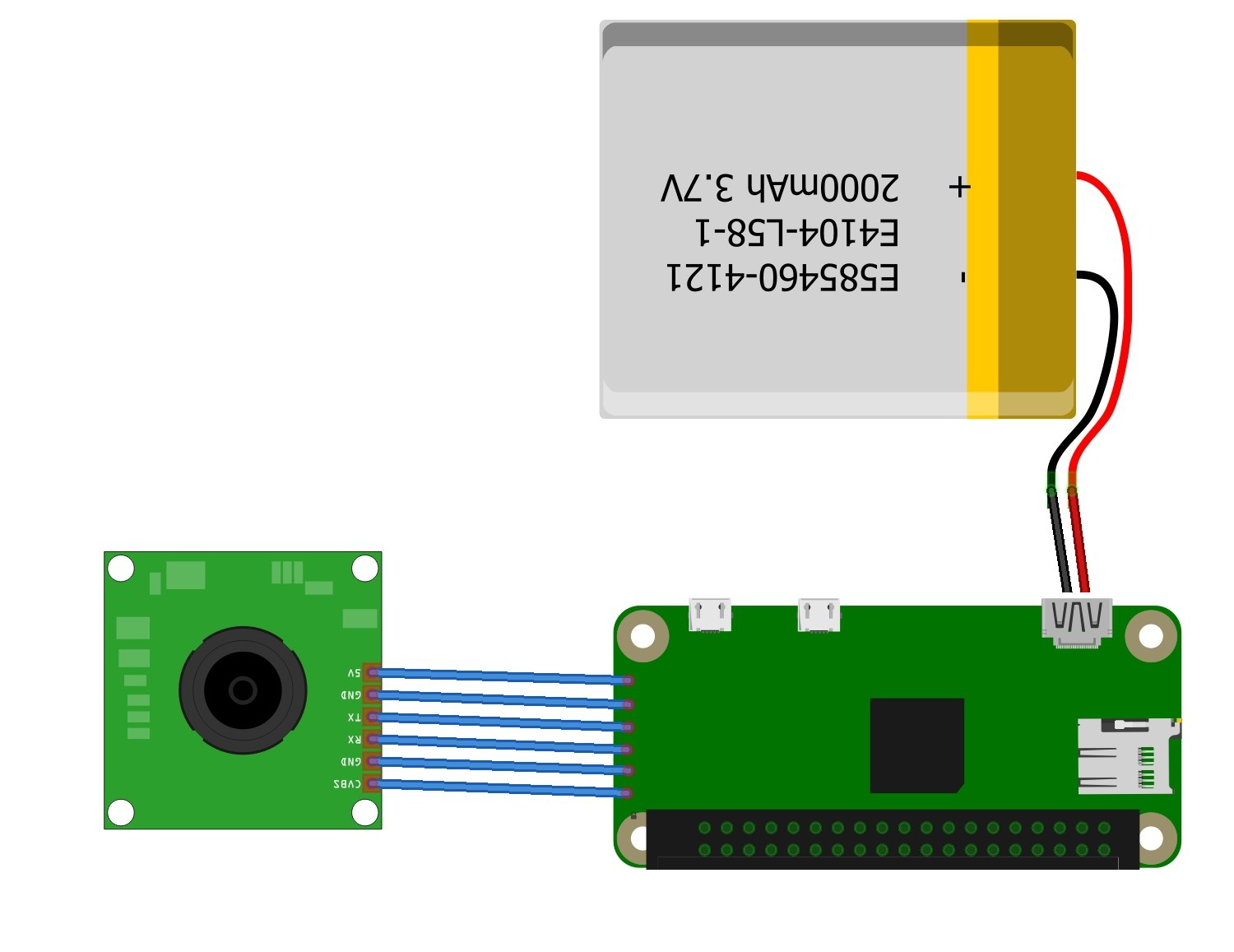"Suppose that there was a button you could push and you could light up all the Earth-crossing asteroids larger than about ten meters, there would be over 100 million of these objects in the sky."
--Steve Ostro (NASA JPL)
In 2013 an undetected asteroid plowed into Earth's atmosphere, creating a stunning flash of light brighter than the sun, and an explosion that rocked the city, damaging more than 7000 building and injuring more than 1000 people.
This impact was relatively small, because the asteroid was relatively small--only about as heavy as the Eiffel Tower and just 20 meters across.
"...[E}ven a small asteroid--the size of a house, say--could destroy a city. The number of these relative tiddlers in Earth-crossing orbits is almost certainly in the hundreds of thousands and possibly in the millions, and they are nearly impossible to track."
--Bill Bryson, A Short History of Nearly Everything
The Chelyabinsk meteor was not an anomaly. Asteroids like it--and many much larger--pass scarily close to the Earth almost every day. Some of them are known, and their trajectories are mapped. The vast majority are undetected until they pass, and some are not detected until after they're already moving away from us.
"In cosmic terms [these asteroids are close enough to be] the equivalent of a bullet passing through one's sleeve without touching the arm."The Solution
Estimates put the number of amateur astronomers with telescopes in the world at more than 1,000,000. Add to that the universities and other non-governmental research stations, and you have an army of observatories that is close to the size of the Chinese armed forces.
"The...number of people in the world who are actively searching for asteroids is fewer than the staff of a typical McDonald's restaurant."
--Gene Shoemaker, Founder of Astrogeology
While it is unreasonable to think that we could train, or expect each of these individuals to become experts in detecting asteroids hurtling toward the earth, it is a trivial task to train a computer to recognize threats and report them. In fact, most governmental observatories already leverage sophisticated autonomous tools to do just that.
What we need is a simple tool that can aggregate data from even a fraction of these amateur telescopes, computer vision technology trained to recognize threats, and a notification system to provide an alert when a potential threat is detected.
The Earth Defense System.
How it WorksEarth Defense Force volunteers around the world purchase the Raspberry Pi Zero W and camera (less than $30 with a battery), set it up on their home Wifi, and follow the instructions to set up automated uploads to the Salesforce sandbox. They can then attach the camera to their telescope, ideally wired to power, but supported by battery if necessary.
Photos are aggregated in the Salesforce sandbox. There are fields to capture metadata like time (stamped as the file is uploaded) orientation and location (which are populated later by Einstein Vision) and potential threat checkbox (ticked by Einstein Vision in the second round of processing.
Images are sent in two waves through Einstein Vision. The first looks at celestial bodies to determine the orientation and location of the image. The second examines the picture for signs of potential threats. Data is written back down to the Salesforce sandbox via the API.
If Einstein Vision detects a potential threat, a Zapier task is fired that integrates with Twilio to send out an SMS with the screenshot to a set of predefined users--"Earth Defense Generals", who provide a human checkstep before notifying governmental bodies of the potential threat.








Comments
Please log in or sign up to comment.